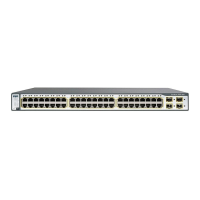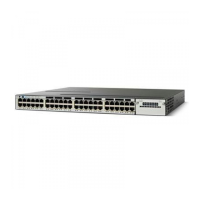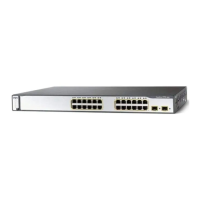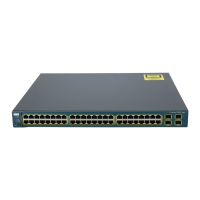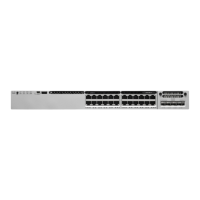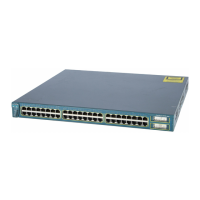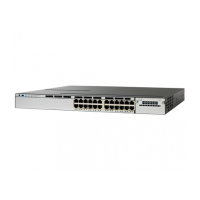Contents
xvi
Catalyst 3750-E and 3560-E Switch Software Configuration Guide
OL-9775-08
Configuring VLAN Trunks 13-14
Trunking Overview 13-14
Encapsulation Types 13-16
IEEE 802.1Q Configuration Considerations 13-17
Default Layer 2 Ethernet Interface VLAN Configuration 13-17
Configuring an Ethernet Interface as a Trunk Port 13-17
Interaction with Other Features 13-18
Configuring a Trunk Port 13-18
Defining the Allowed VLANs on a Trunk 13-19
Changing the Pruning-Eligible List 13-20
Configuring the Native VLAN for Untagged Traffic 13-21
Configuring Trunk Ports for Load Sharing 13-22
Load Sharing Using STP Port Priorities 13-22
Load Sharing Using STP Path Cost 13-24
Configuring VMPS 13-25
Understanding VMPS 13-26
Dynamic-Access Port VLAN Membership 13-26
Default VMPS Client Configuration 13-27
VMPS Configuration Guidelines 13-27
Configuring the VMPS Client 13-28
Entering the IP Address of the VMPS 13-28
Configuring Dynamic-Access Ports on VMPS Clients 13-28
Reconfirming VLAN Memberships 13-29
Changing the Reconfirmation Interval 13-29
Changing the Retry Count 13-30
Monitoring the VMPS 13-30
Troubleshooting Dynamic-Access Port VLAN Membership 13-31
VMPS Configuration Example 13-31
CHAPTER
14 Configuring VTP 14-1
Understanding VTP 14-1
The VTP Domain 14-2
VTP Modes 14-3
VTP Advertisements 14-4
VTP Version 2 14-4
VTP Version 3 14-5
VTP Pruning 14-6
VTP and Switch Stacks 14-7
Configuring VTP 14-8
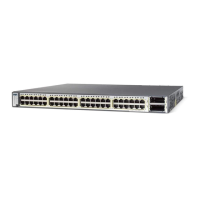
